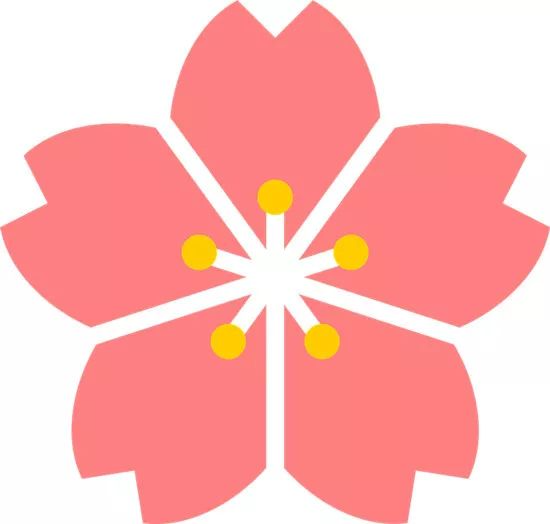【Garden maintenance】Common diseases and pests of cherry blossoms
Prevention and control of common diseases and pests of cherry blossoms
Cherry blossom, scientific name Cerasus sp., is a general name for several plants of the genus Cerasus in the Rosaceae family. There are about 150 wild cherry blossom species in the world, and more than 50 species. Among the approximately 40 wild ancestors of cherry blossom plants in the world, 33 are native to China. The others are varieties derived from horticultural hybridization. There are 3 to 5 flowers on each branch, in umbels, with notches at the tip of the petals, and the flower colors are mostly white and pink. The flowers are often placed with leaves in March or bloom after the leaves. With the change of seasons, the cherry blossoms are fragrant and beautiful, and are often used for garden viewing. Cherry blossoms can be divided into two categories: single petal and double petal. The single petal type can bloom and bear fruit, while the double petal type mostly does not bear fruit. Cherry blossoms are trees, 4-16 meters high, with gray bark, flowering in April and fruiting in May.
01
Common pests


Common pests of cherry blossoms include: tea-winged stink bug, peach aphid, carrot microtubule aphid, apple yellow aphid, Japanese cotton scale, wisteria mealybug, mulberry white shield scale, red kidney scale, Korean brown ball scale, yellow spur moth, cotton belt moth, big bag moth, tea bag moth, stick brown moth, brown edge green spur moth, etc. If they occur, 3% hypertonic fenoxycarb emulsifiable concentrate 3000 times diluted can be used to spray tea-winged stink bug; 10% imidacloprid wettable granules 2000 times diluted can be used to spray peach aphid, carrot microtubule aphid, apple yellow aphid; 3% hypertonic fenoxycarb emulsifiable concentrate 3000 times diluted or 10% imidacloprid wettable granules 2000 times diluted or 95% acaricide emulsifiable concentrate 400 times diluted or 20% succumber emulsifiable concentrate 1000 times diluted , spray to kill Japanese cottony scale, wisteria ash powder, mulberry white shield scale, red kidney round shield scale, and Korean brown scale; use 3000 times diluted 3% hypertonic fenoxycarb emulsifiable concentrate or 1000 times diluted 1.2% nicotine to spray to kill gypsy moth, stick brown moth, cotton brown-banded moth, big bag moth, and tea bag moth; use 7000 times diluted 20% diflubenzuron suspension emulsion or 500 times diluted Bt emulsion to spray to kill yellow spiny moth and brown-edged green spiny moth.


02
Common diseases


Common diseases of cherry blossoms include root nodule, anthracnose and brown spot perforation.
If root nodule occurs, dig up the affected plants, rinse the soil, soak the roots in 1% copper sulfate solution for 5 to 8 minutes, rinse after soaking, and then plant. Cut off the nodules, apply 0.1% mercuric chloride solution on the wound, and then plant.
If anthracnose occurs, spray 70% mancozeb wettable granules 1000 times diluted or 50% carbendazim wettable granules 500 times diluted or 50% thiophanate-methyl wettable granules 1000 times diluted alternately, spray 3 to 4 times continuously, with an interval of 7 to 10 days each time. In winter, clear the fallen leaves in time and burn them in batches. It is forbidden to spray the leaves of the plants during the disease period.
If brown spot perforation occurs, spray 50 to 100 times diluted crystal sulfite mixture before the trees sprout for protection. After the disease occurs, spray 50% Carranon 1000 times diluted for prevention and control once every 10 days. Spraying 3 to 4 times in a row can effectively control the disease.


03
Prevention and treatment methods


(1) Strengthen cultivation management, prune properly, and pay attention to cutting off diseased shoots, clean up diseased leaves in time and burn them to create clean growth conditions for plants.
(2) Before new shoots sprout, spray 3 to 5 degrees Baume lime sulfur mixture. During the disease period, spray 160 times Bordeaux mixture or 1000 to 2000 times of 50% benomyl wettable powder, or 600 to 800 times of 15% mancozeb.
2. Leaf blight: In summer, yellow-green circular spots appear on the leaves, which then turn brown and have small black spots. The diseased leaves die but do not fall off.

